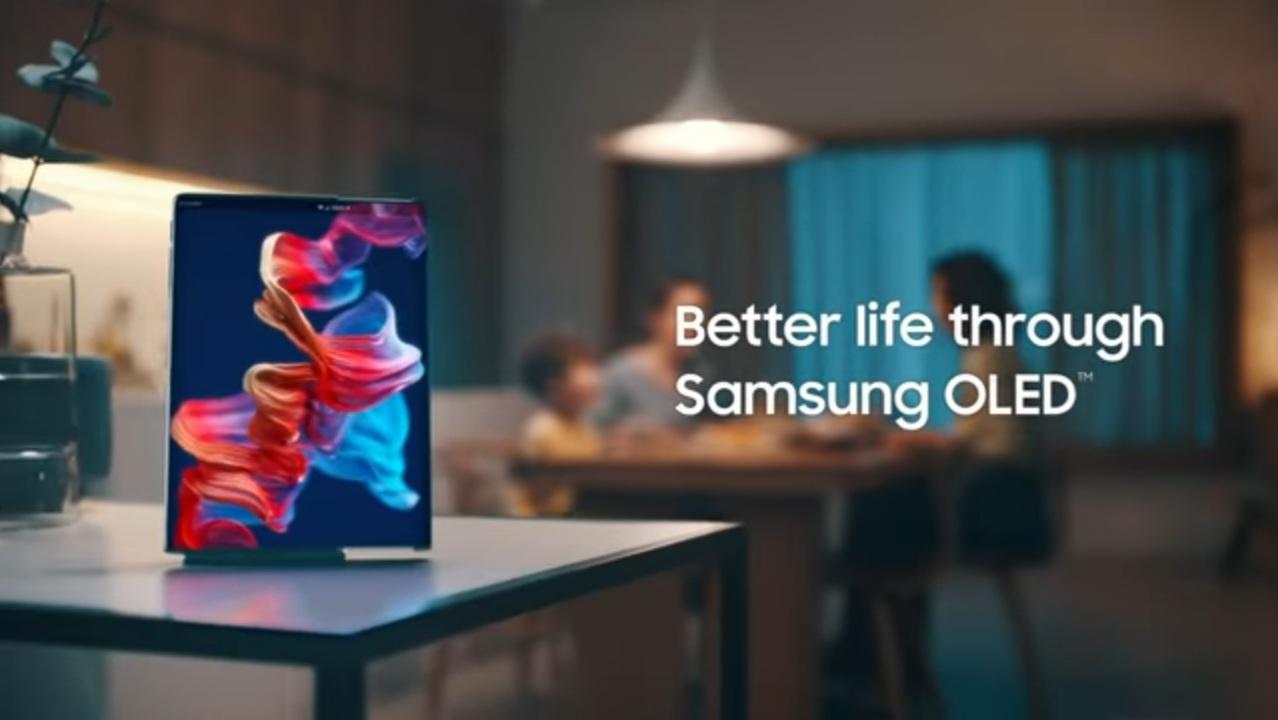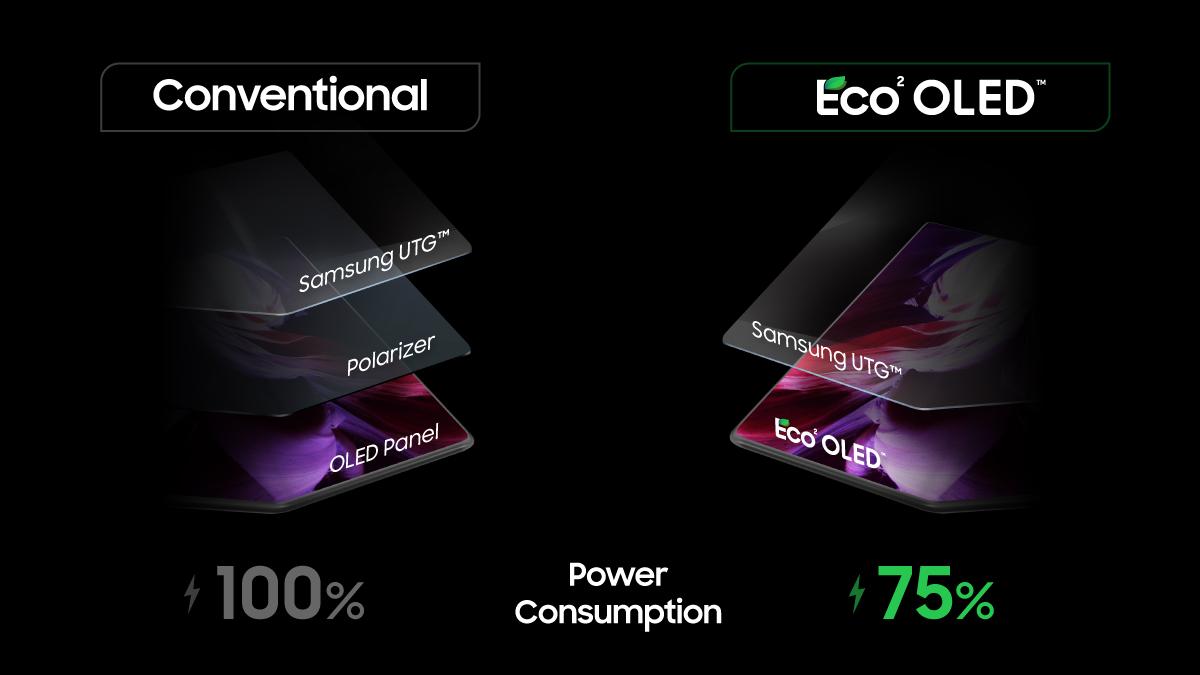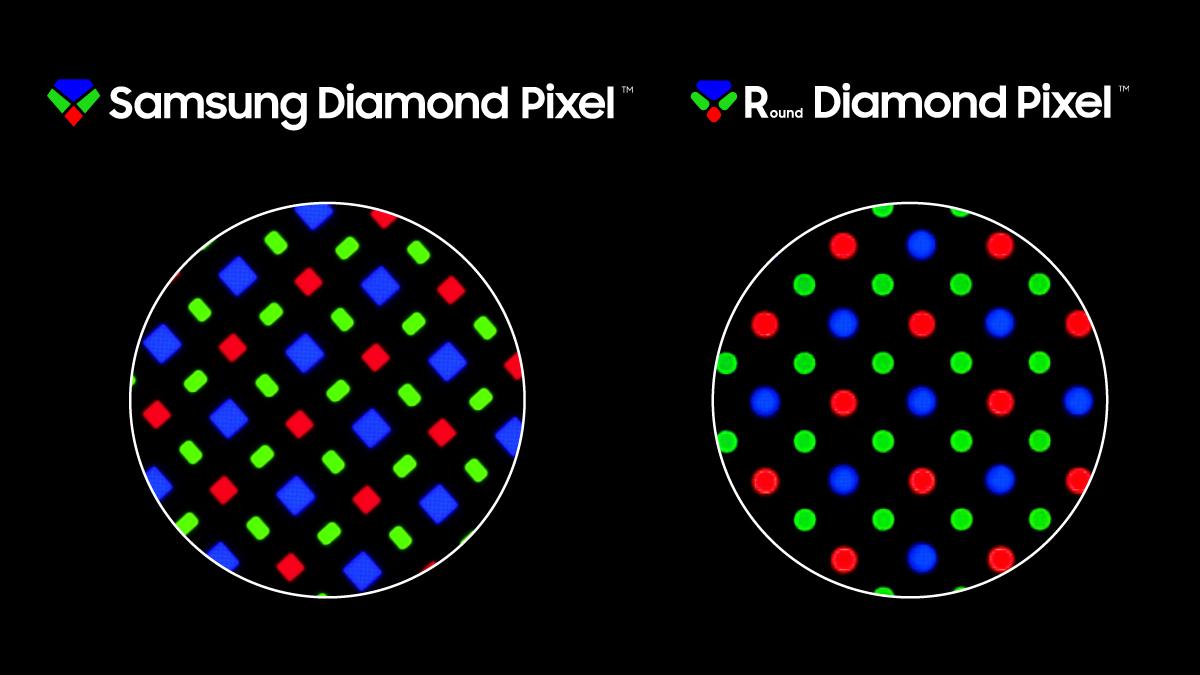How Samsung changed the Diamond Pixel™ in its latest smartphone

One thing Samsung is known for among other electronics manufacturers is the quality of its display technology. Starting with the 2013 release of the Samsung Galaxy S4, its devices have consistently outshined competitors in pixel density and color depth. Moreover, many global smartphone brands have chosen to use Samsung’s OLED panels on their own flagship devices, owing to the panels’ color volume, black levels, and sharp details.
At least part of this is due to a proprietary layout known as the Diamond Pixel™ Structure.
Samsung’s Diamond Pixel™ Structure arranges RGBG pixels on OLED panels into a diamond shape, while also doubling the number of green subpixels compared to red and blue. This results in a few benefits when comparing Samsung OLED panels to other panels:
- Power efficiency. Green OLED emitters are more efficient, and the human eye tends to be more sensitive to green light. This allows the screen to display higher-quality, more life-like images.
- Pixels Per Inch. Samsung's Diamond Pixel™ structure is designed to optimize pixel density, allowing for a higher screen resolution.
- Sharpness & Readability. The way pixels are laid out in a Diamond Pixel™ display makes them well-suited for complex characters, patterns, and linework.

Samsung has iterated on the above technology with the release of a new, rounded version. Round diamond pixel™ Structure, as it's fittingly termed, modifies the shape of the OLED panel's aperture into a circular shape. In addition to improving image quality, this allows enhanced peak brightness and efficiency when paired with Eco2 OLEDTM
Historically, OLED panels have had a top layer of polarized plastic. Eco2 OLEDTM effectively removes this layer, integrating the polarized plastic directly into the panel itself. This significantly increases each panel's power efficiency while simultaneously allowing them to support a peak brightness of up to 1200 nits.
Currently, the Galaxy Z Fold3 is the first smartphone that features this new technology, which makes its screen among the brightest and most vivid on the market.
Samsung has always had a reputation for high-quality displays. With this latest technology, they've more than maintained that reputation. And in the process, they've shown that, from a performance perspective, flexible displays work just as well as solid.

Get instant access to breaking news, the hottest reviews, great deals and helpful tips.
